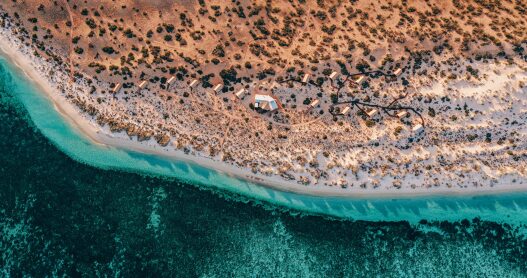Overview
Can’t miss things to do in Melbourne
Though Melbourne really does have something for everyone, there are certain attractions that all visitors should see. Federation Square and its neighbor, Flinders Street Station, give you a sense of the city’s thrumming pulse and offer top quality people-watching. The fact that they’re situated in one of the city’s best café districts is a bonus—you can’t visit Melbourne without sniffing out the perfect coffee. Step on the free City Circle Tram to tour the Central Business District, hopping on and off whenever the mood strikes. After exploring the CBD, visit beachside St. Kilda, which is hipster central. Further afield, the famed Great Ocean Road and Yarra Valley wine region make ideal day trips.
Sport
Melbourne Cricket Ground (MCG) is the centerpiece of the city’s thriving sports culture. You don’t have to know the rules to enjoy yourself—locals are more than happy to help newbies understand Aussie Rules Football (“footy”) or cricket. This venue hosts some of the country’s most important sports matches, including the annual Boxing Day Test, an international cricket match that plays to crowds upwards of 100,000, as well as the Australian Open, where the world’s best tennis players converge each January. Sport is so important in Melbourne that even if you don’t visit the MCG, you’ll still encounter athletes—whether it’s rowers on the Yarra or runners waking up early to crisscross the city grid.
Food and drink to try in Melbourne
Diverse cuisines flourish in Melbourne, and local chefs who train abroad tend to return, adding to the spread. Australian chefs feature regularly in the world’s top culinary lists, and Melbourne is home to many of the best. Start your day in the CBD, where the smell of roasting coffee wafts along cobblestone lanes. Make lunch memorable at Supernormal, or track down a food truck such as Beatbox Kitchen, which specializes in burgers and fries. For dinner, indulge in fine local cuisine at Attica (headed up by Ben Shewry), Cutler & Co, or Vue de Monde on the 55th floor of the Rialto building. Save room for dessert. Om Nom and Café Vue at Heide Museum of Modern Art are famous for dreaming up ornate sweet treats that look as lovely as they taste.
Culture in Melbourne
Melbourne is on the cutting edge of cultural and culinary trends, but also takes time to honor its Aboriginal past. See public artworks like those at Birrarung Marr park, as just one example. The synthesis of old and new is found throughout the city—turn-of-the-century Flinders Street Station stands just across the road from ultra-modern Federation Square. As for the city’s people, they’re get-up-and-go types who love the active lifestyle and high culture Melbourne offers. Join them by booking reservations at the finest restaurants, taking in a footy game at MCG, or touring the galleries of the Australian Centre for Contemporary Art.
Practical Information
Melbourne’s mild weather makes it an ideal shoulder-season destination. June and July are the coolest months; November and December are the wettest. Melbourne Airport, also known as Tullamarine Airport, receives international flights and is the point of entry for most visitors. American citizens are required to have a passport and visa to enter Australia. Set on Port Phillip Bay and bisected by the Yarra River, Melbourne is compact and easily navigable. The CBD is laid out in a grid, which makes exploring by foot easy. The city’s tram system is the biggest in the world, so no car is needed here. Tipping isn’t standard in Australia, but a 10 percent gratuity is a nice way to reward good service. Electricity is 240 volts and plugs are Type I.
Guide Editor
Steve Bramucci








